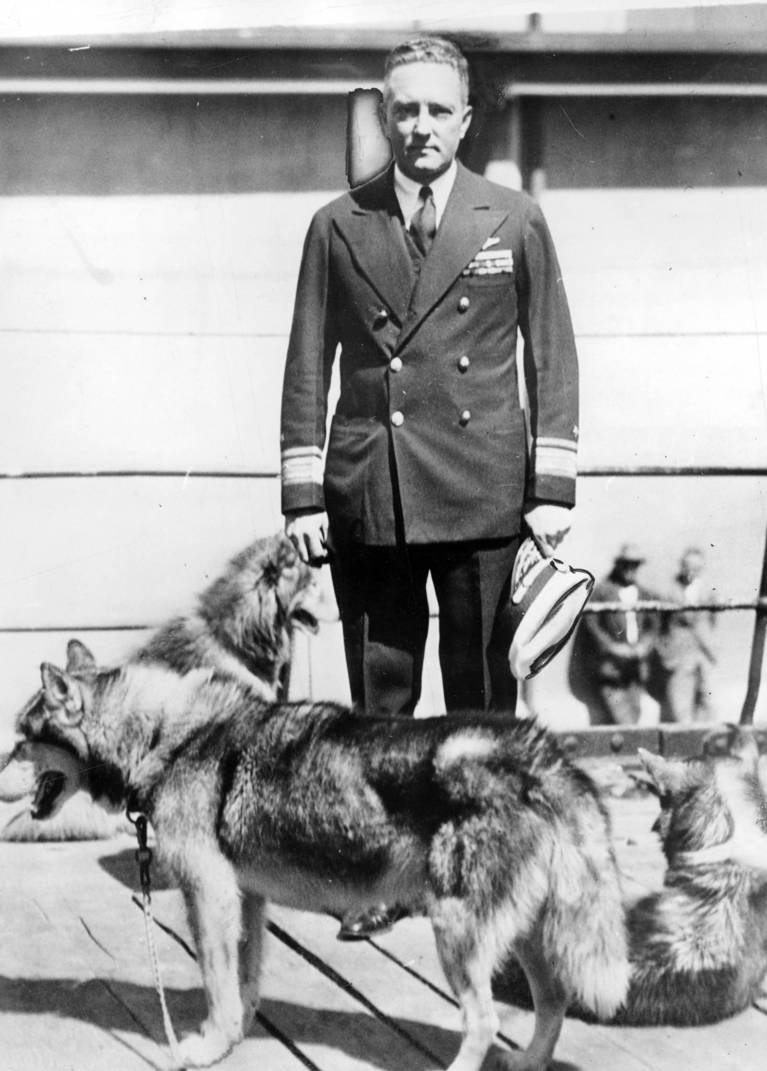REAR ADMIRAL RICHARD E. BYRD

He was many things: esteemed pilot, Medal Of Honor winner, Arctic pioneer, logistical expert. However Byrd’s legacy is most known for efforts exploring the Antarctic.
After a career in the United States Navy and service in the First World War, Richard Evelyn Byrd Jr would fly into history as a groundbreaking aviator, explorer and director of polar logistics. While his claim to have reached the North Pole by air is disputed his efforts in the Antarctic are well recognised.
In 1928 he arrived on the ice with two ships and three aeroplanes, constructing camp ‘Little America’. His team then used sled, snowshoe, snowmobile and plane to map and record a huge amount of geographic territory. On November 28, 1929, Byrd and a co-pilot undertook the first flight to the South Pole and back. It took the pair 18 hours and 41 minutes.
Two more Antarctic expeditions would follow. After his third, war once again called him onto the world stage.
Then, after WWII, Byrd was appointed officer in charge of Antarctic Developments Project. His fourth Antarctic expedition was codenamed Operation Highjump. Thirteen ships and 4,000 men would undertake the trip, again photographing and mapping massive swathes of Antarctica. Byrd would once more fly over the pole, this time dropping a packet containing all the flags from United Nations members.
He was a mover and shaker behind the scenes too, working a network of the prolific and powerful to finance his various expeditions. Calling on figures such as President Franklin Roosevelt, Henry Ford and John D. Rockefeller for support was not uncommon, as was the naming of various Antarctic features in recognition of this support.
In 1955 he helped spearhead Operation Deep Freeze, which established permanent Antarctic bases at McMurdo Sound, the Bay of Whales, and the South Pole. It was his last trip to Antarctica – one that would solidify his reputation as a leader of the continent.
He looked on New Zealand and the United States as “brothers”, stating, “for the 27 years I have been coming to New Zealand the friendliness and kindness have been unfailing”.
